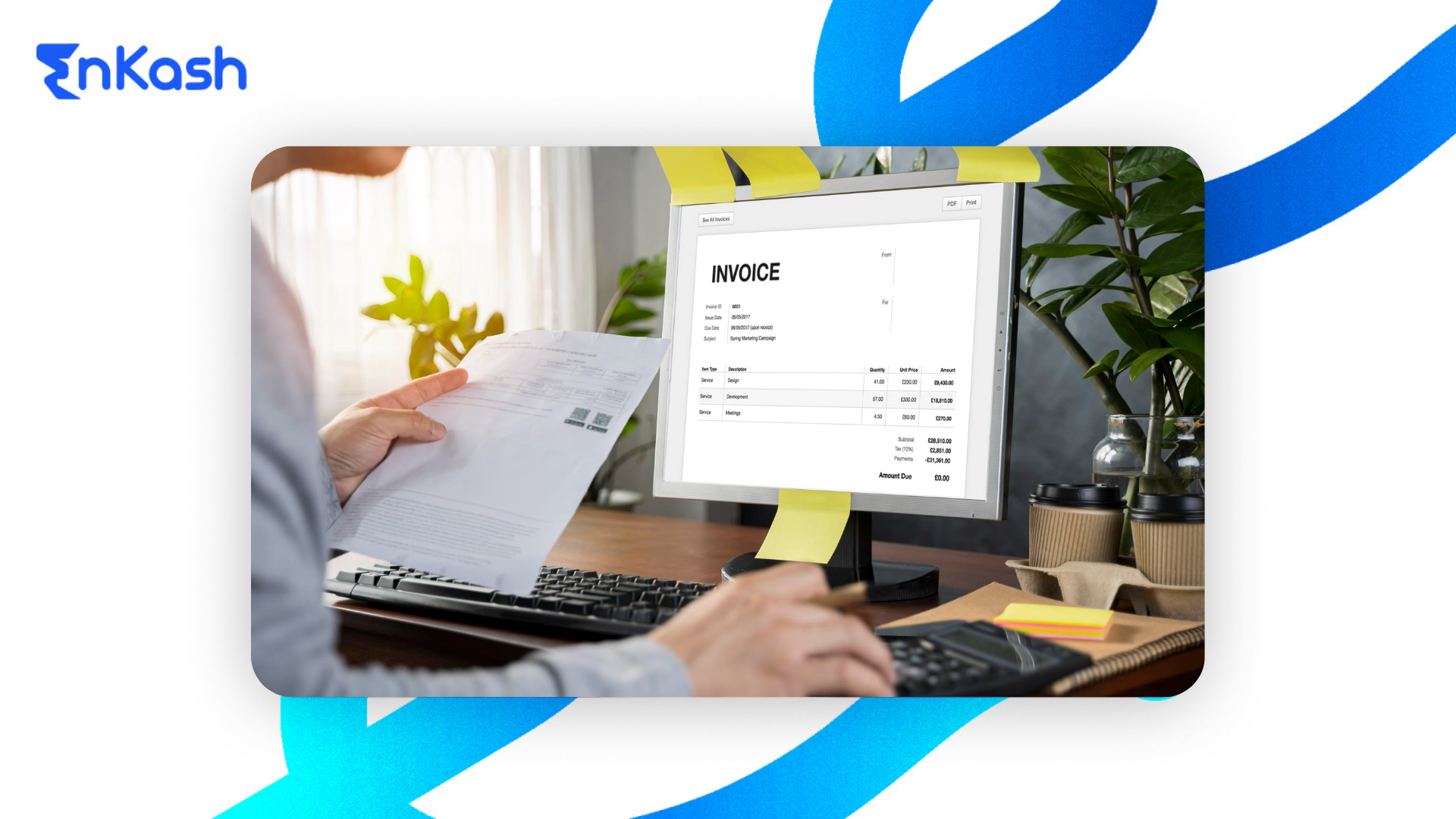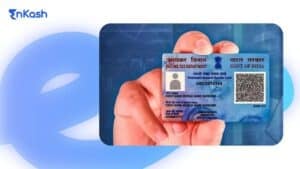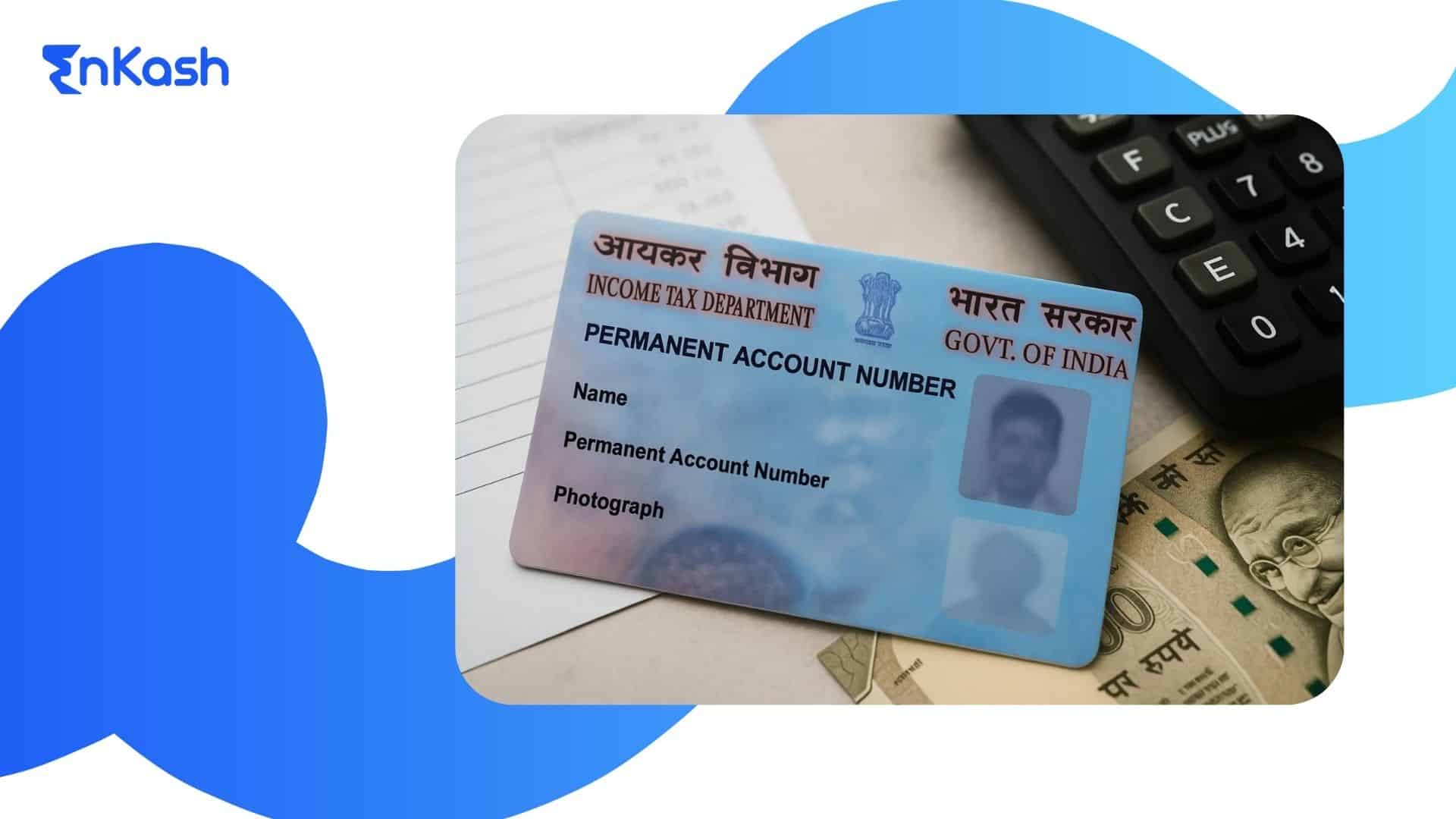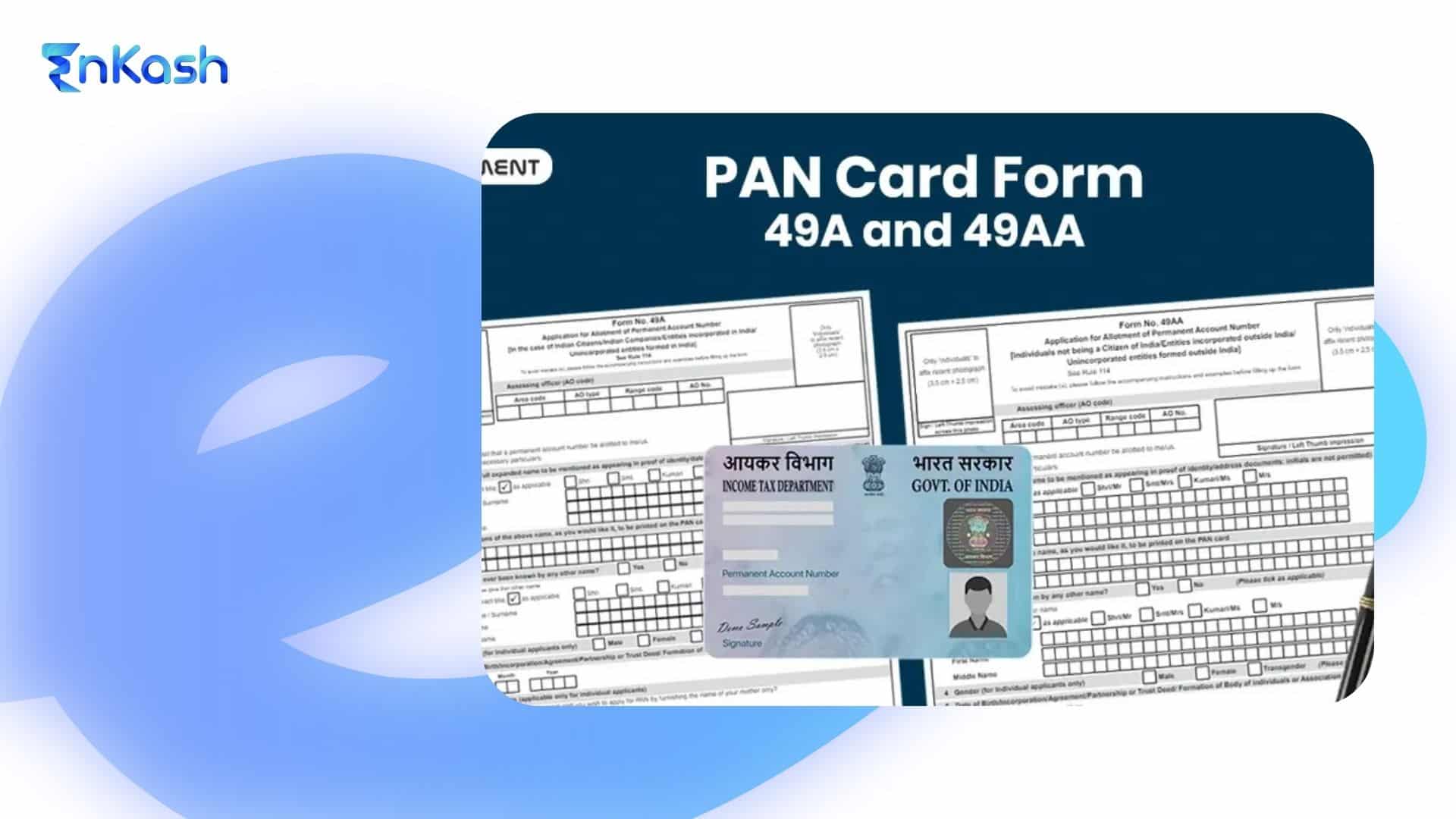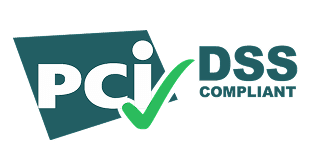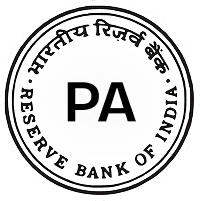Invoices in the Procurement and Payment Cycle
Every business relies on a structured process to purchase goods and services, and to pay for them in a timely manner. Invoices play a key role in this cycle. They act as formal requests for payment and help record every financial transaction between a buyer and a seller.
In a typical procurement process, a company first decides what it needs to buy, selects a supplier, and agrees on the terms. Once the goods or services are provided, an invoice is issued. This document tells the buyer how much is owed, what was delivered, and when the payment is due. Without this step, tracking purchases and managing cash flow would be far more difficult.
There are different types of invoices used for different purchasing situations. Some are tied to a purchase order created before the goods or services are supplied, while others are issued without any prior order. This is where the distinction between a PO invoice and a
Non‑PO invoice becomes important. Each type has its own process, approval method, and level of control. Understanding where these fit in the procurement and payment cycle can help maintain clear records, reduce disputes, and ensure payments are made accurately.
The Purpose and Control Function of PO and Non‑PO Invoices
Every business needs a way to track what it spends and to make sure payments are made for valid reasons. PO invoices and Non‑PO invoices help achieve this, but they do it in different ways. Together, they provide a balance between control and flexibility in the purchasing process.
A PO invoice is connected to a purchase order that was approved before the purchase took place. This creates a clear record of what was agreed upon, how much it would cost, and who approved it. By the time the invoice is submitted, the details can be checked against the original order, making it easier to confirm that the goods or services match what was requested.
A Non‑PO invoice works differently. It has no pre‑approved purchase order, so the checks and approvals typically happen after the invoice is received—although some businesses may have separate pre-approval workflows in place. This makes it useful for urgent needs, low‑value items, or services that are hard to plan. However, it also requires more careful review to avoid overspending or paying for something that was not needed.
In both cases, these invoice types give finance teams the ability to monitor spending, verify supplier claims, and keep accurate records for audits. When used correctly, they help maintain trust with suppliers and protect the company’s budget.
PO in Accounting: Meaning, Full Form, and Function
In accounting, PO stands for Purchase Order. A purchase order is a document created by a buyer to formally request goods or services from a supplier. It contains important details such as item descriptions, quantities, agreed prices, and delivery terms. This document is sent before any goods or services are delivered, making it part of the planning stage rather than the payment stage.
The main purpose of a purchase order is to create a clear agreement between the buyer and the supplier before the transaction happens. It sets expectations for both sides and helps prevent disputes about what was ordered or how much it should cost.
Function of a Purchase Order in Accounting:
- Approves and authorises spending before it happens.
- Creates a formal record of the request and agreed terms.
- Helps track and monitor expenses against the budget.
- Supports invoice matching for payment accuracy.
- Strengthens audit trails and compliance checks.
Understanding a PO Invoice in Detail
A PO invoice is an invoice that is directly linked to a purchase order approved before the goods or services were delivered. It is part of a controlled purchasing process where every order is documented and authorised before money is spent.
When a supplier receives a purchase order, they prepare and deliver the requested goods or services. Once this is completed, they issue a PO invoice. This invoice contains the agreed details from the purchase order, such as item descriptions, quantities, and prices, along with any delivery information.
The key benefit of a PO invoice is that it can be matched against the original purchase order and delivery note, as part of a three-way matching process used to verify accuracy before payment. This process confirms that the supplier has delivered exactly what was requested, in the right quantity, and at the agreed price. It also speeds up approvals because the information has already been verified earlier in the process.
Typical PO Invoice Workflow:
- A purchase request is raised internally.
- A purchase order is created and approved.
- The supplier receives the purchase order.
- Goods or services are delivered.
- The supplier issues a PO invoice that matches the purchase order.
- The accounts team verifies the invoice and processes payment.
Advantages of PO Invoices:
- Ensures pre‑approved spending and budget control.
- Reduces payment errors by matching documents.
- Speeds up invoice processing and payment cycles.
- Creates strong records for audits and financial tracking.
Example scenario:
A company orders office furniture through a purchase order. The supplier delivers the furniture as agreed and issues a PO invoice with the same order details. The accounts team matches the invoice with the purchase order and delivery receipt before releasing payment.
The PO Number: Definition and Importance in Invoicing
A PO number is a unique reference number assigned to a purchase order. It acts as an identifier that links the order, delivery, and payment records together. This number appears on the purchase order, the supplier’s invoice, and any related delivery documents.
The main purpose of a PO number is to make it easy to track and match all documents related to a specific purchase. It allows the accounts team to verify that the invoice they receive matches the approved order. In larger organisations, this is essential because hundreds or even thousands of orders may be processed at the same time. Without a unique number, it would be far harder to match each invoice to its original request.
Functions of a PO Number in Invoicing:
- Links the invoice to the correct purchase order.
- Speeds up document matching during the payment process.
- Reduces the risk of paying incorrect or duplicate invoices.
- Improves traceability for audits and financial reviews.
- Helps track spending by category, department, or supplier.
In automated systems, the PO number is a key part of the three‑way matching process, where the purchase order, delivery note, and invoice are compared before payment is approved. This control step keeps financial records accurate and strengthens compliance.
Non‑PO Invoices: Definition, Use Cases, and Workflow
A Non‑PO invoice is an invoice that is issued without a matching purchase order. It is used when goods or services are purchased without going through the formal purchase order process. This can happen for several reasons, such as urgent requirements, low‑value purchases, or services that are difficult to plan in advance.
Because there is no approved purchase order to compare against, a Non‑PO invoice is reviewed and approved after it is received. This means the finance or accounts team must check the details manually to confirm the purchase is valid and necessary before payment is made.
Common Use Cases for Non‑PO Invoices:
- Utility bills such as electricity, water, or internet services.
- Ongoing service agreements like cleaning, maintenance, or security.
- Urgent repairs or emergency purchases.
- Professional fees such as legal, consultancy, or training services.
- Subscription renewals or one‑time service charges.
Typical Non‑PO Invoice Workflow:
- Supplier provides goods or services without a purchase order.
- Supplier sends a Non‑PO invoice to the accounts team.
- Invoice is checked for accuracy and validity.
- Internal approval is sought from the relevant department.
- Once approved, the invoice is processed for payment.
Risks Associated with Non‑PO Invoices:
- Higher risk of payment errors due to lack of pre‑approval.
- Potential for unauthorised or duplicate purchases.
- Longer processing time as manual checks are required.
When managed properly, non-PO invoices can give a business the flexibility to handle unplanned expenses. However, they should be used selectively and supported by clear approval steps to prevent overspending or compliance issues.
Key Operational Differences Between PO and Non‑PO Invoices
PO invoices and Non‑PO invoices both request payment for goods or services, but they differ in how they are approved, processed, and controlled. These differences shape how efficiently a business can manage its spending and maintain accurate financial records.
Main Differences:
Approval Stage
- PO invoice: Approved before the purchase takes place through a purchase order.
- Non‑PO invoice: Approved after the invoice is received.
With a PO invoice, the purchase request goes through an approval process before the supplier provides goods or services. This gives managers and finance teams full visibility of spending in advance. A Non‑PO invoice skips this step, meaning approval happens after the fact, which can reduce control if processes are not strict.
Document Matching
- PO invoice: Matched against a purchase order and delivery records for verification.
- Non‑PO invoice: No purchase order to match; relies on manual checks.
For PO invoices, matching documents helps confirm that the purchase details are correct before payment is made. With Non‑PO invoices, there is no purchase order to compare against, so finance staff must check each detail manually, which takes longer and carries more risk.
Level of Control
- PO invoice: High level of control as spending is authorised in advance.
- Non‑PO invoice: Lower control; risk of overspending if not carefully monitored.
The structured approval process for PO invoices makes it easier to manage budgets and avoid unauthorised spending. Non‑PO invoices give more flexibility but require strong oversight to prevent misuse.
Processing Speed
- PO invoice: Usually processed faster because details have already been approved.
- Non‑PO invoice: Can take longer due to the need for extra verification.
Because PO invoices are tied to pre‑approved purchase orders, payment can be processed quickly once the invoice is received. Non‑PO invoices often slow down payment cycles as they need extra checks before approval.
Common Use
- PO invoice: Standard goods, planned purchases, large orders.
- Non‑PO invoice: Unplanned, urgent, or recurring service payments.
Businesses tend to use PO invoices for predictable purchases such as equipment, raw materials, or bulk orders. Non‑PO invoices are used for situations where planning is harder, such as emergency repairs, utility bills, or ongoing service contracts.
Why the Difference Matters:
Choosing the right invoice type helps maintain a balance between control and flexibility. Over‑reliance on non-PO invoices can lead to uncontrolled spending, while using PO invoices for every purchase may slow down urgent needs. A well‑designed policy ensures both types are used where they bring the most benefit.
Examples of PO and Non‑PO Invoices in Real Scenarios
Example 1: PO Invoice for Office Equipment
Example 2: PO Invoice for Raw Materials
Example 3: Non‑PO Invoice for Utility Bills
Example 4: Non‑PO Invoice for Emergency Repairs
Example 5: Non‑PO Invoice for Professional Services
How to Choose Between PO and Non‑PO Invoices
Deciding whether to use a PO invoice or a Non‑PO invoice depends on the nature of the purchase, the level of control required, and how quickly the transaction needs to be completed. Using the right type helps maintain efficiency while keeping financial records accurate.
Points to Consider When Choosing:
Nature of the Purchase
- Use a PO invoice for planned purchases, large orders, or goods and services with clearly defined terms.
- Use a Non‑PO invoice for urgent, low‑value, or recurring services where creating a purchase order is impractical.
Approval Requirements
- If the expense needs formal approval before ordering, a PO invoice is the right choice.
- If approval can happen after receiving the invoice, a Non‑PO invoice may be more suitable.
Budget Control
- PO invoices help keep tight control over spending and prevent unauthorised purchases.
- Non‑PO invoices offer more flexibility but require strong oversight to avoid overspending.
Processing Time
- PO invoices can be processed faster once goods or services are delivered because the details have already been approved.
- Non‑PO invoices may take longer due to extra verification steps.
Audit and Compliance Needs
- If a clear paper trail is important for audits or compliance, a PO invoice provides stronger documentation.
- Non‑PO invoices should be backed by proper approval records to meet compliance requirements.
Practical Approach:
Many organisations use a combination of both types. They set clear policies for when each should be used and train staff to follow the correct process. For example, large purchases or vendor contracts may always require a purchase order, while smaller or urgent purchases can be handled through a Non‑PO invoice with proper sign‑off.
Final Thoughts
Understanding the differences between PO invoices and Non‑PO invoices is essential for keeping purchasing and payment processes organised. PO invoices provide structure and control by linking every purchase to an approved order, while Non‑PO invoices offer flexibility for unplanned, urgent, or recurring expenses.
Both types have a place in a well‑managed payment system. The key is to use them purposefully, supported by clear policies and proper approvals. This ensures that every payment is accurate, justified, and fully documented.
By applying the right approach for each situation, businesses can maintain strong financial controls without slowing down essential purchases. Whether managing planned orders or urgent needs, a balanced invoicing process helps protect budgets, reduce errors, and keep operations running smoothly.
FAQs
1. Can a PO invoice be changed after it is approved?
Yes, but changes require proper authorisation. If details like quantity, price, or delivery date need to be updated, a revised purchase order should be issued. This ensures the PO invoice and purchase order still match and prevents payment delays or errors.
2. Is a Non‑PO invoice less secure than a PO invoice?
A Non‑PO invoice can carry higher risk because it bypasses pre‑approval. However, with strict internal approval steps, proper documentation, and verification by the finance team, it can still be processed securely without causing compliance or budget issues.
3. How is a PO number generated?
Most companies generate a PO number automatically through their procurement or accounting system. It is unique to each order and helps link the purchase request, delivery, and payment records together. This makes tracking and document matching much easier.
4. Can a PO invoice be used for services, not just goods?
Yes. A PO invoice can apply to services such as consultancy, training, or equipment maintenance. As long as the service is planned and agreed upon in advance, a purchase order can be raised to confirm terms before work begins.
5. Why do some suppliers prefer PO invoices?
Suppliers prefer PO invoices because they provide written confirmation of the order, agreed pricing, and delivery terms before goods or services are provided. This reduces disputes, speeds up payment approval, and creates a clear record for both supplier and buyer.
6. Can recurring expenses have a standing PO?
Yes. For regular expenses like office cleaning or monthly supply deliveries, businesses can issue a standing purchase order that covers a set period. The supplier then invoices against that PO each time, reducing administrative work while keeping spending under control.
7. What happens if a PO number is missing from an invoice?
If a PO invoice is submitted without a PO number, the accounts team may reject it until the correct number is provided. This is because the missing number makes it harder to verify the purchase and match it with approved records.
8. How can Non‑PO invoice risks be reduced?
Businesses can reduce non-PO invoice risks by enforcing departmental approvals, setting spending limits, and requiring clear documentation for every purchase. Regular audits also help detect any irregularities and ensure invoices are valid before payment.
9. Do PO invoices speed up audits?
Yes. PO invoices speed up audits by enabling three-way matching between the PO, invoice, and delivery note or GRN, creating a clear audit trail.
10. Can a Non‑PO invoice be converted to a PO invoice?
In some cases, yes. Businesses can create a retrospective purchase order to match a non-PO invoice if the purchase was valid but made without a PO. This helps maintain consistency in records and supports better reporting.

